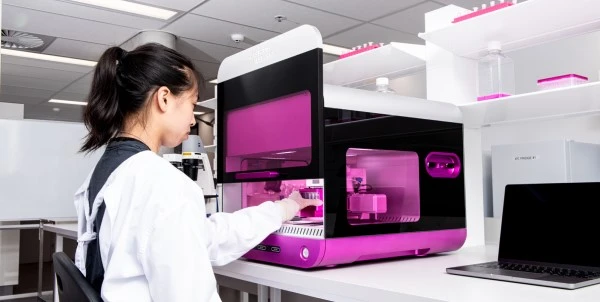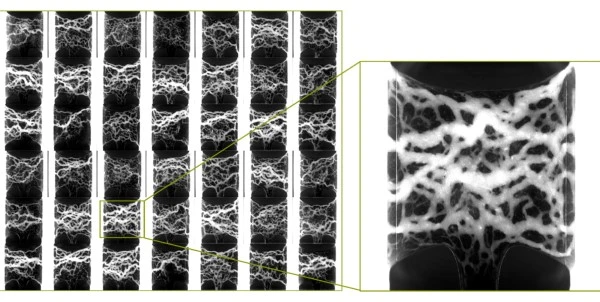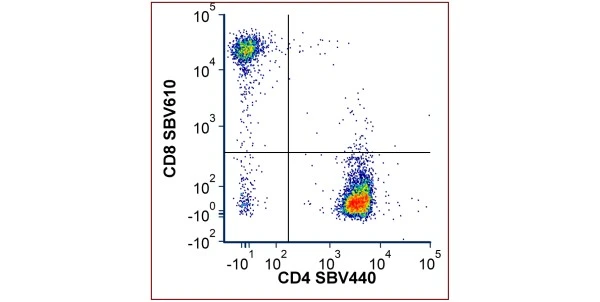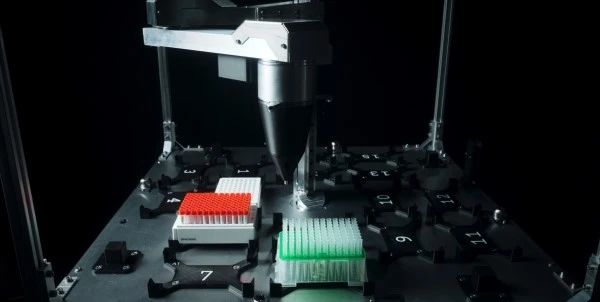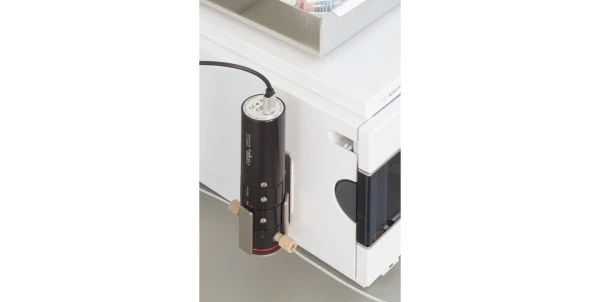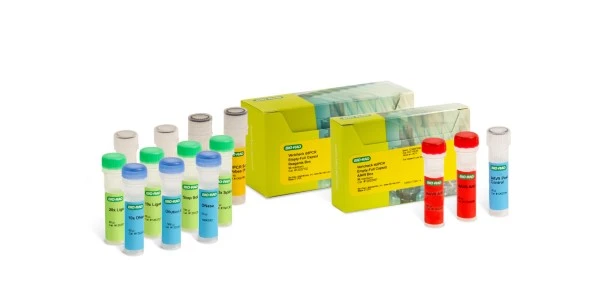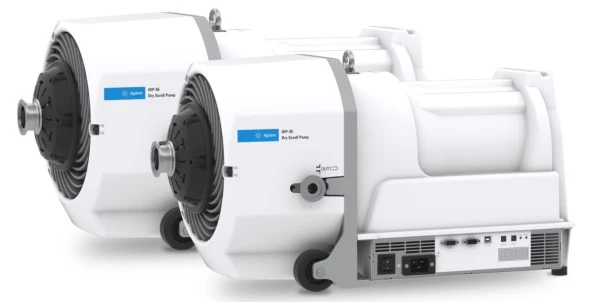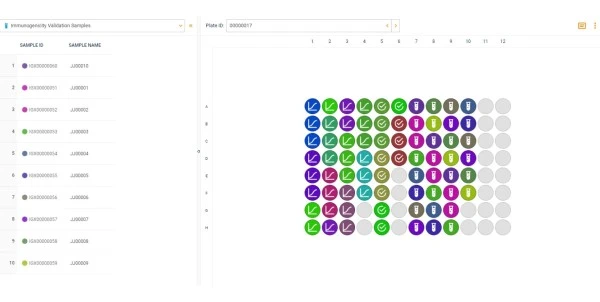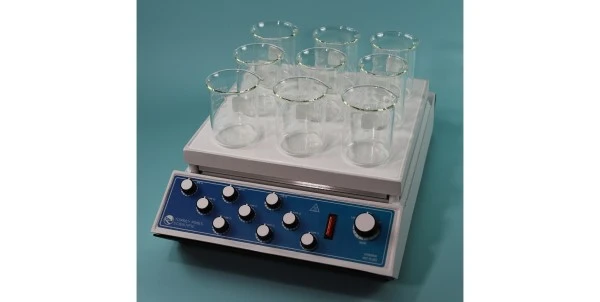
AI-Inspired Smart Analytical Instruments Debut at Pittcon
The annual Pittcon conference, held March 18-22 in Philadelphia at the Pennsylvania Convention Center, was back in full force after a 2-year hiatus from the live format. This year’s exhibition did not disappoint, with the introduction of many new products for show goers to kick the tires, push the buttons, and twist the knobs. Here are a few new product announcements in the areas of liquid chromatography, gas chromatography, and mass spectrometry.
AI enabled data analysis software
Artificial intelligence was a trending theme this year with many new products leveraging “smart” technology features. JEOL introduced a new AI-inspired software solution in-line with their focus on “The Science of Energy”.
Innovations in energy production and storage are major areas of development across the petroleum, materials science, and sustainable energy industries. New technologies for imaging and chemical analysis are driving advancements in Lithium-ion battery performance, petrochemical analysis, and other technology applications. JEOL recently introduced the new AccuTOFTM GC-Alpha gas chromatography high-resolution time-of-flight mass spectrometer (GC-HRTOFMS) system, with capabilities for differentiating various classes of hydrocarbons using their exact masses – a step forward for the petrochemical field.
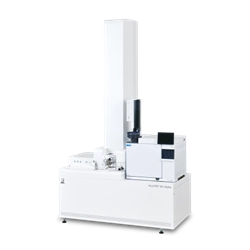 At Pittcon, JEOL showcased
a new product, the msFineAnalysis AI software, which is designed to significantly
accelerate mass spec data analysis of samples run on the AccuTOF platform.
Current GC-MS databases contain mass spectra for less than one million chemical
compounds, just a fraction of the possible chemical structures present in these
samples. With the new AI-powered software, the entire PubChem database – over 100
million structures – can be queried, producing superior data interpretations on
a vastly accelerated time scale. What once would take a skilled chemist weeks
to accomplish can now be performed within minutes.
At Pittcon, JEOL showcased
a new product, the msFineAnalysis AI software, which is designed to significantly
accelerate mass spec data analysis of samples run on the AccuTOF platform.
Current GC-MS databases contain mass spectra for less than one million chemical
compounds, just a fraction of the possible chemical structures present in these
samples. With the new AI-powered software, the entire PubChem database – over 100
million structures – can be queried, producing superior data interpretations on
a vastly accelerated time scale. What once would take a skilled chemist weeks
to accomplish can now be performed within minutes.
How does the software work? Two different analysis tools work in tandem. The first is a database consisting of AI-generated EI (electrospray ionization) mass spectra for the 100 million structures in the PubChem database. The second is a support AI tool that predicts the presence and absence of substructures. By combining data from fragmentation and soft ionization, this software can provide predictions of chemical structures to all the resolved peaks in a mass spectrum.
This integrated workflow allows msFineAnalysis AI to provide a unique automatic structure analysis capability that was previously well beyond the reach of GC-MS high-resolution qualitative analysis. The msFineAnalysis AI software can be used on the new quadrupole GC/MS, the JMS-Q1600GC UltraQuadTM, in addition to the AccuTOFTM GC Alpha system.
Improved LC quality control performance
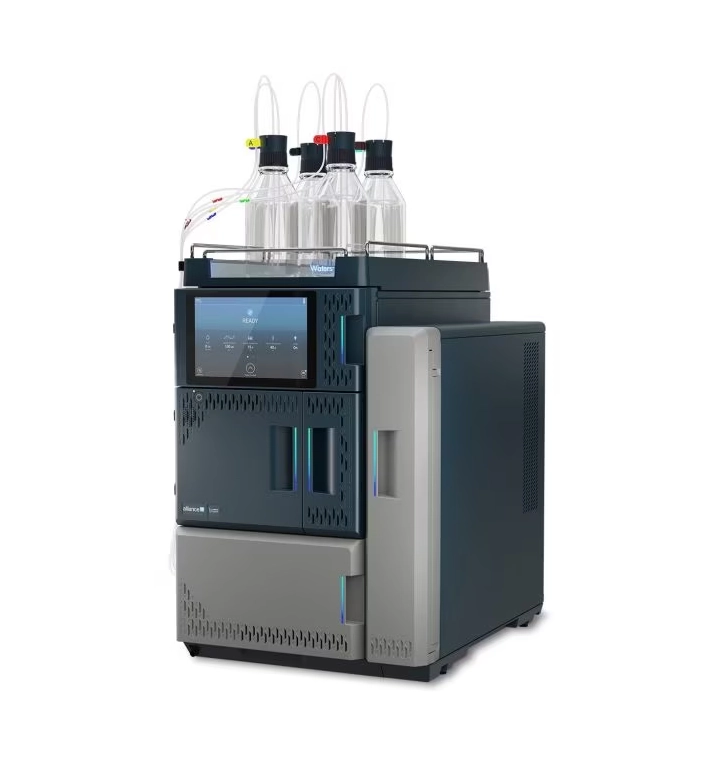 LC users sometimes encounter challenges in their workflows and the struggle
is real to identify the source of the problem -- whether its analyte workflow
related or an issue with the system itself. The importance of resolving and preventing
these system challenges is amplified in quality control environments where consistency
is a must.
LC users sometimes encounter challenges in their workflows and the struggle
is real to identify the source of the problem -- whether its analyte workflow
related or an issue with the system itself. The importance of resolving and preventing
these system challenges is amplified in quality control environments where consistency
is a must.
Waters debuted the Alliance iS, its latest high performance liquid chromatography (HPLC) instrument at Pittcon 2023. The new Alliance iS is aimed at labs that require highly robust approaches to delivering on legacy analytical methods, like quality assurance and quality control labs. QA/QC legacy methods can be closely associated with process consistency, as these workflows are subjected to routine calibration and are typically validated and approved by regulatory bodies.
The Alliance iS features touchscreen control, smart assets, technology like near-field communication to match columns with methods, tool-free fittings, and automated system pre-checks to improve productivity. It clearly declares the instrument status with color-coded responses indicating that a method is running, the instrument is available, or there is a problem.
Improved GC efficiency
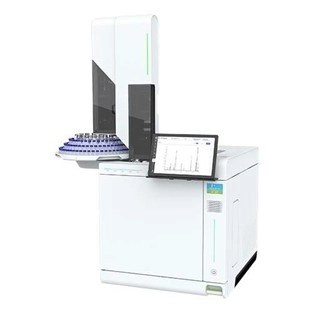 PerkinElmer introduced the GC 2400 as a new, more efficient gas
chromatograph (GC) and a solution for labs exploring sustainable practices. It
offers smart capabilities, such as a detachable touchscreen that can operate
multiple units, improved sampling capabilities, and easily visible color-coded
status. The 2400 GC system also features an internal light on a flexible cord
that allows for easy inspection of all parts of the oven.
PerkinElmer introduced the GC 2400 as a new, more efficient gas
chromatograph (GC) and a solution for labs exploring sustainable practices. It
offers smart capabilities, such as a detachable touchscreen that can operate
multiple units, improved sampling capabilities, and easily visible color-coded
status. The 2400 GC system also features an internal light on a flexible cord
that allows for easy inspection of all parts of the oven.
The GC is fully compatible with the SimplicityChromTM software and the ASTM 2400 liquid autosampler. The instrument can support up to three detectors plus a mass spectrometer. The new MS 2400 SQ allows for a small footprint GC/MS to help conserve bench space in the lab.
Summary
These new instruments are a snapshot of innovative technologies at this year’s Pittcon. Other noteworthy developments include the new AIRsights instrument from Shimadzu, which combines Raman with FTIR in a single efficient system. Advancements in the areas of materials testing and data management were central topics as well, rounding out an exciting and promising return of Pittcon to the live format.
